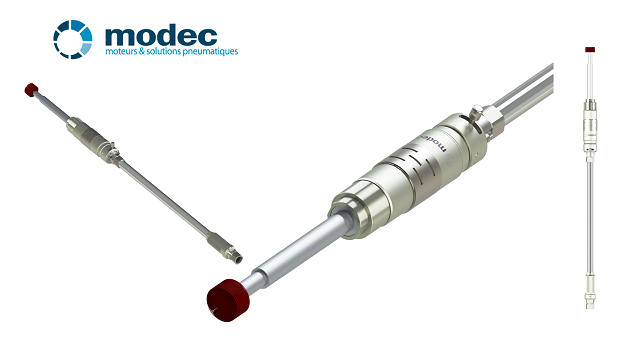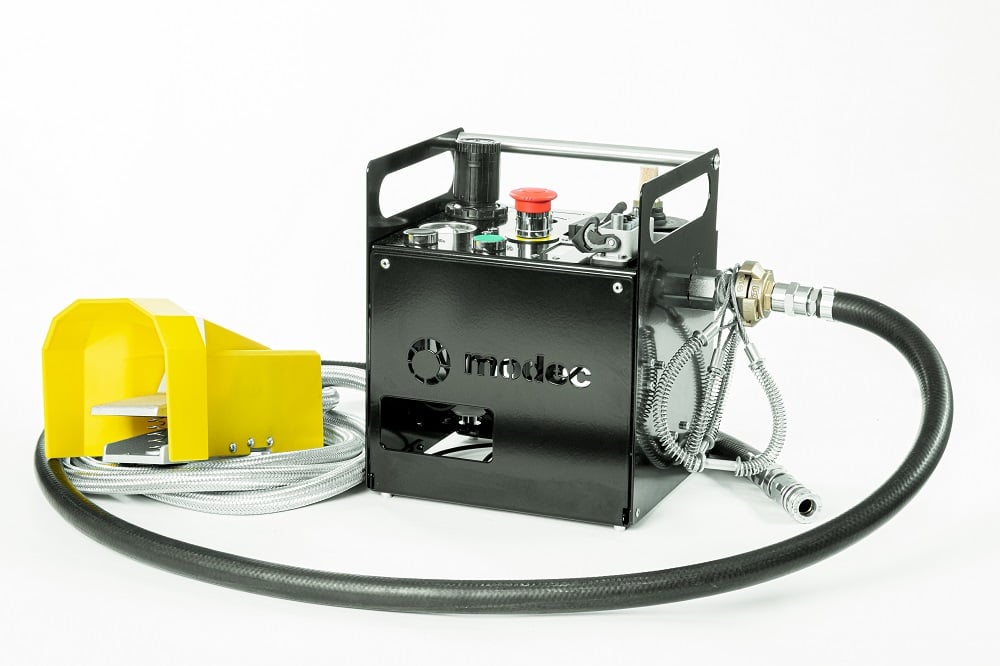Motor innovations Motor maintenance Motor applications Choose my motor
3 janvier 2024
Motor innovations Motor maintenance Motor applications Choose my motorIn the realm of industrial operations and mechanical processes, the use of efficient and reliable tools plays a pivotal role. When it comes to grinding tasks, the choice of the right motor is essential to ensure optimal performance, precision, and productivity. Among the various options available, air motors have carved a niche for themselves, offering a multitude of advantages in grinding applications.
Air motors, also known as pneumatic motors, operate using compressed air as their power source. These motors convert the potential energy of compressed air into mechanical work, providing a reliable and consistent power output.
Their design often involves a piston or a vane system that drives the rotational motion required for specific tasks, such as grinding.

Air motors boast an impressive power-to-weight ratio, making them lightweight yet powerful tools for grinding. This feature enables easy handling and contributes to the overall improvement of the grinding process efficiency.
One of the remarkable features of air motors is their variable speed and torque capabilities. This adjustability enables operators to fine-tune the grinding process according to the specific material, ensuring precise results and reducing the risk of damage.
Air motors are renowned for their durability and reliability, even in harsh working environments. Their simple design with fewer moving parts reduces the chances of mechanical failures, resulting in minimal downtime and maintenance costs.
Compressed air as the power source eliminates the risk of electrical hazards, making air motors a safer option in various industrial settings. Additionally, they generate less heat compared to electric motors, reducing the risk of overheating during prolonged use.
These motors are versatile and adaptable, compatible with various grinding tools and attachments. They can be easily integrated into different systems and configurations, catering to diverse grinding needs across industries.
We can offer a manual tool with a safety handle to start and stop the motor. Another handle is used to control and adjust the motor speed.
Regardless of your field of activity and working conditions, it is essential to always consider the safety of personnel and the protection of machinery before installing one or more pneumatic tools.

For this purpose, one can opt for a protective safety device to eliminate risks associated with the use of pneumatic energy.
These devices are positioned upstream of pneumatic motors. Including a system for filtering and regulating compressed air, they are also equipped with a drip-feed lubrication system.
They generally incorporate various options to ensure a secure working environment, including an emergency stop button to immediately cut off the air supply in critical situations. Optionally, a key-operated safety lock provides an additional layer of protection, restricting access to the system to authorized users.
In emergency situations, the device can perform an automatic purge of downstream air, eliminating any residual energy to prevent accidental movements after the tool has been stopped.
This design allows the system to obtain ATEX certification on demand, meeting strict safety standards.
Overall, this safety device serves as a reliable complementary solution aimed at ensuring the optimal use of pneumatic motors.
- Metalworking:
Air motors are widely employed in metal fabrication and machining processes, including deburring, polishing, and shaping of metal components.
- Automotive Industry:
They find applications in automotive workshops for grinding tasks such as valve seat grinding and cylinder head resurfacing.
- Woodworking:
Air motors are also utilized in woodworking applications, aiding in precision grinding for furniture making and carpentry.
In conclusion, the use of air motors in grinding applications offers a host of benefits, ranging from efficiency and precision to durability and safety.
Their versatility and adaptability make them invaluable tools across various industries, contributing to enhanced productivity and quality of work. As technology continues to advance, the integration of air motors in grinding processes is expected to further evolve, meeting the ever-growing demands of modern manufacturing and industrial sectors.
For safe and reliable solution, just think about using a safety unit.

+ 33 (0) 4 75 40 27 15
sales@modec.fr
ZI Sirius Quatre
80, allée René Higonnet
26760 Beaumont-lès-Valence, FRANCE
© Tous droits réservés - Modec - Création : ARKOD